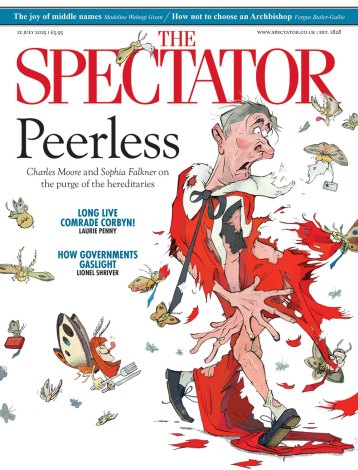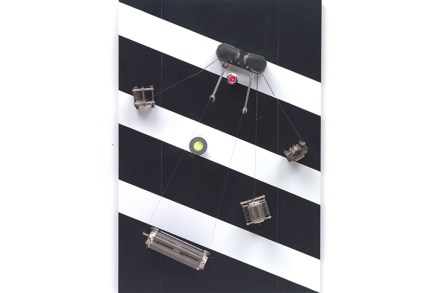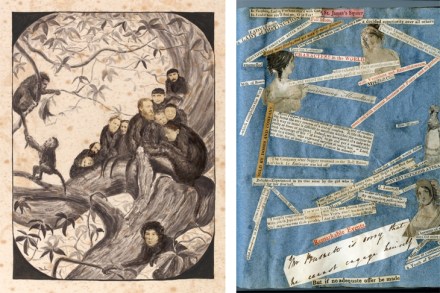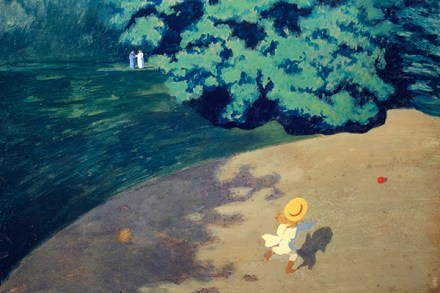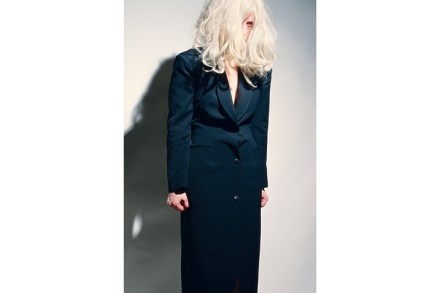A museum-quality car-boot sale: V&A’s Cars reviewed
We were looking at a 1956 Fiat Multipla, a charming ergonomic marvel that predicted today’s popular MPVs. Rather grandly, I said to my guide: ‘I think you’ll find the source of the Multipla in an unrealised 1930s design of Mario Revelli di Beaumont.’ He looked a bit blank. This exhibition is a rare attempt to explain the car, perhaps the most dramatic since the Museum of Modern Art’s 1951 New York show where Philip Johnson coined the term ‘rolling sculpture’. It is both occasionally brilliant and continuously exasperating. Rather as if in a crowded restaurant you are overhearing snatches of fascinating conversation coming from different tables. The context is significant.
